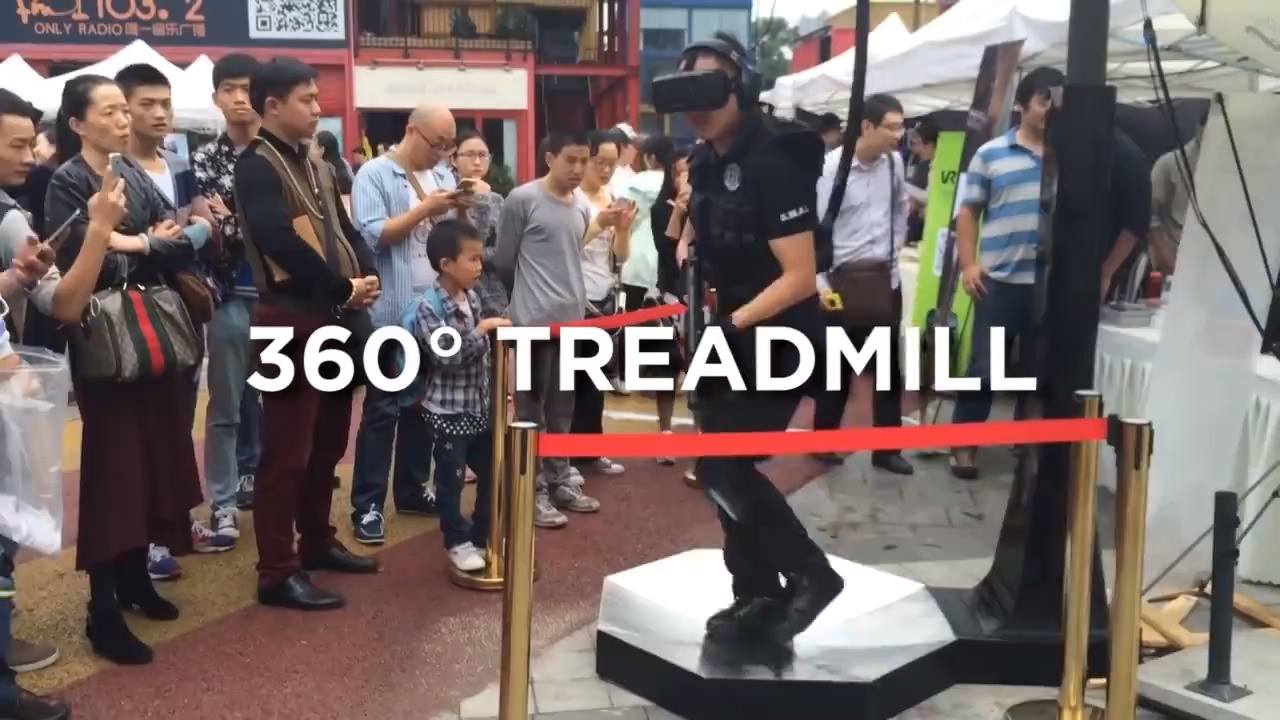
Category: virtual reality

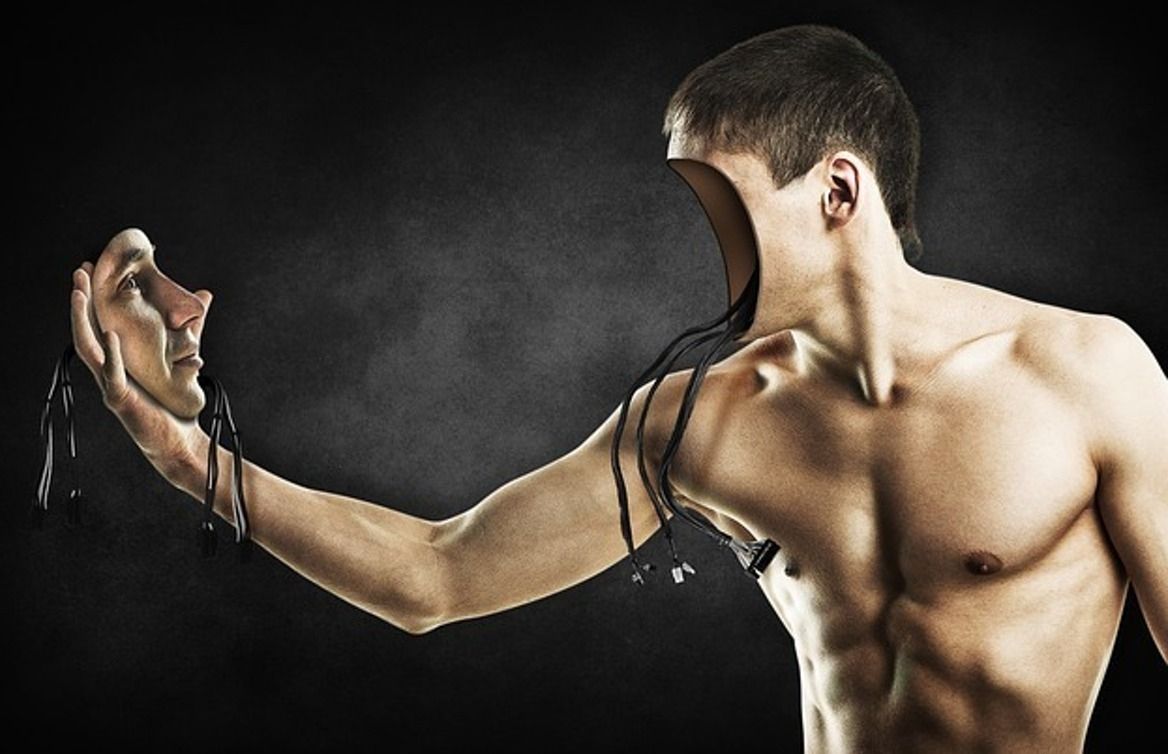
VERE’s Mind Control Robots Give Patients Out-of-Body Experience
Ready to leave your body behind? Scientists have developed robots that people can remotely control and embody using their minds, a breakthrough set to revolutionize the lives of paralyzed patients. The Virtual Embodiment and Robotic Re-Embodiment (VERE) project “aims at dissolving the boundary between the human body and surrogate representations in immersive virtual reality and physical reality,” meaning that people genuinely feel like the surrogate body is an extension of themselves. Three volunteers have tried out a prototype, and the results are promising.
“The feeling of actually embodying the robot was good, although needless to say, the sensation varied over time,” said Alessandro, a volunteer on the project, in an interview published Wednesday. “When the robot was stationary, the feeling of embodiment was low, but the moment I gave the first command or changed direction, there was this feeling of control and increased embodiment.”
The three volunteers, based in Italy, placed an electroencephalogram (EEG) cap on their heads that scanned for brain activity through the scalp. Patients were given a video feed of what a robot in Japan could see, superimposed with arrows. When the wearer focused on one arrow, the machine was able to detect the signal and send it remotely to the robot.
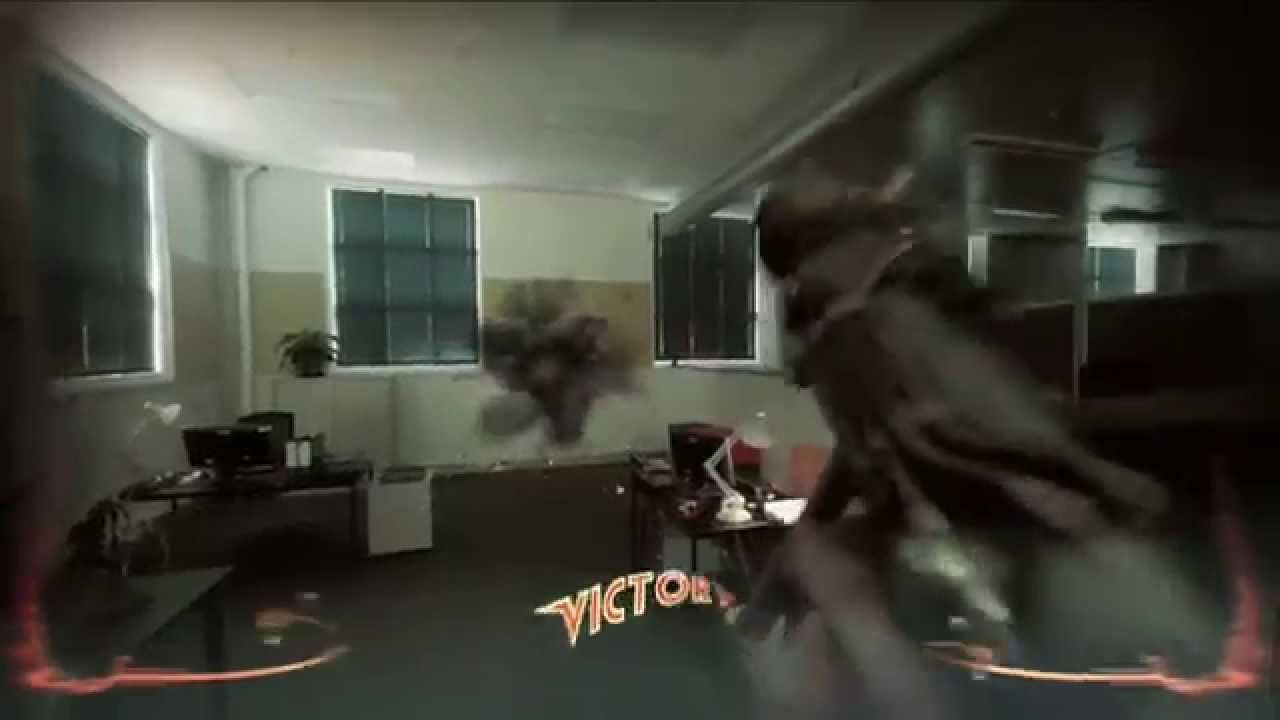
Get Ready for Magic Leap: New Patent Brings VR Device One Step Closer to Reality
In Brief:
- Now with just under $800 million in funding, Florida startup Magic Leap has applied for a patent for its VR/AR headsets, bringing them one step closer to market.
- From healthcare to the military, VR/AR is being applied to industries far beyond its humble roots in gaming.
Florida-based startup Magic Leap has been getting considerable attention thanks in no small part to the awesome-looking augmented reality video demos it has released. Apart from these videos and the info we could glean from some interviews and Twitter posts, however, we haven’t yet been given a complete explanation of what the company has in store for consumers. What we do know is that it promises an AR experience unlike any other by delivering “neurologically true visual perception.” In short, the brain won’t be able to tell the difference between reality and virtual reality when you are using Magic Leap’s device.

Magic Leap goes to Finland in pursuit of Nordic VR and AR talent
Florida-headquartered Magic Leap has set up a company in Helsinki to gain access to Finland’s vast, Nokia- and gaming-driven reservoir of VR and AR talent.
In July, Magic Leap registered a company in Helsinki with CFO Scott Henry as the chairman of the board. The company did not return my request for a comment.
The Finnish VR and AR companies I spoke with would not confirm or deny working with the company dubbed one of the most secretive startups in the world. But considering the country’s strong know-how in technologies (especially in optics, hardware, and software) that are all highly relevant in the quest for VR/AR domination, it’s no surprise that multinational giants and hot startups are courting the country’s talent pool.
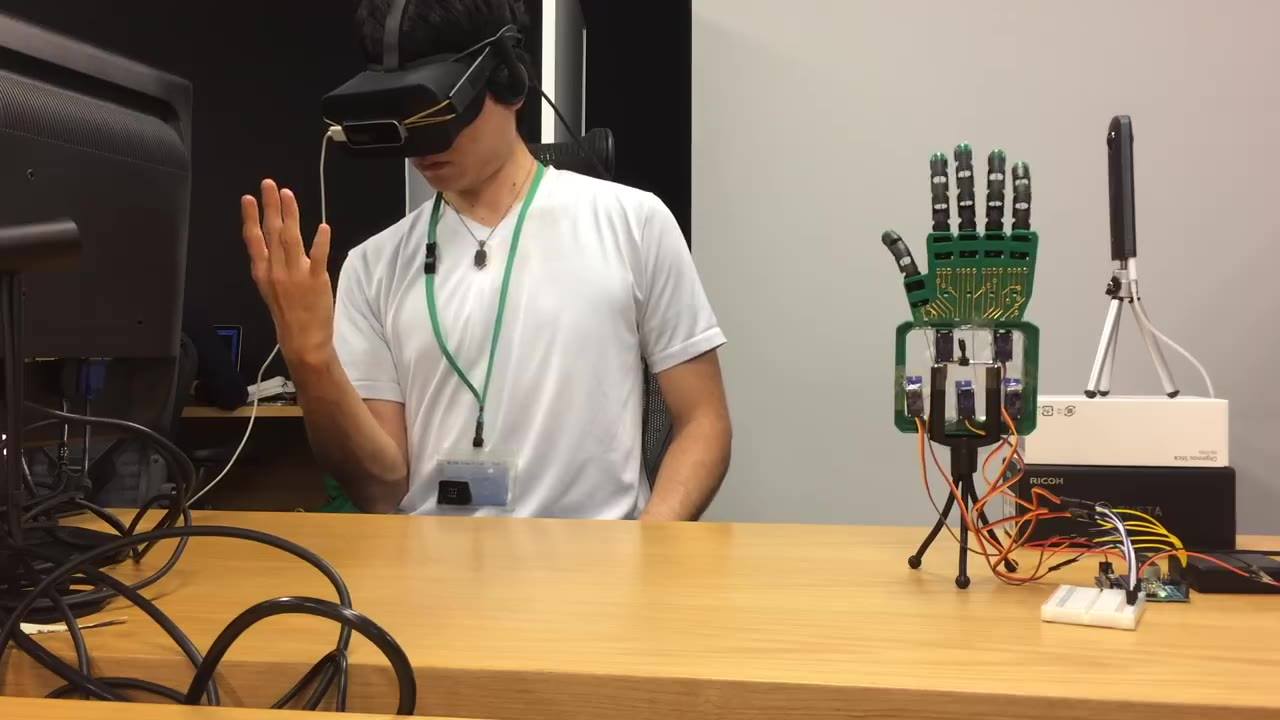


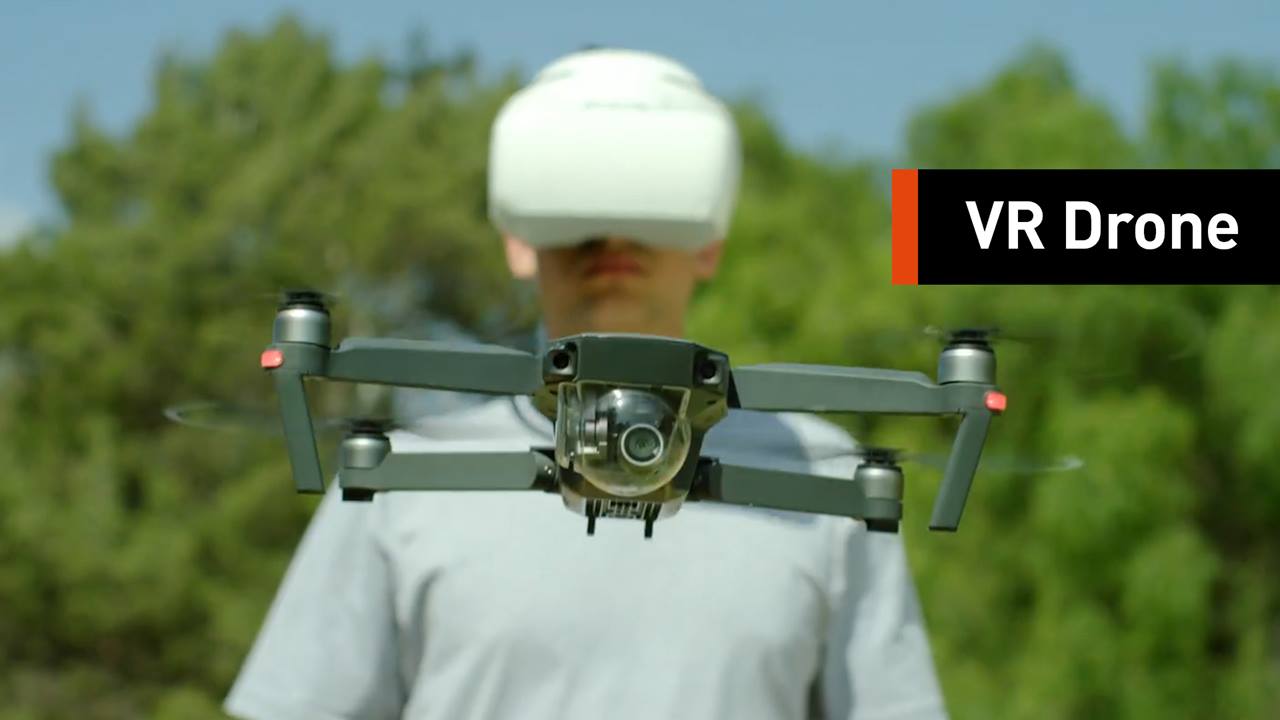

The NBA will broadcast a game in VR every week this season
The NBA, the first major sports league to really embrace virtual reality, is getting even more serious about the technology for the upcoming 2016–2017 season. Today NBA Digital and its partner NextVR announced that they’ll broadcast at least one game every week during the season in VR, complete with dedicated announcers, multiple camera angles, and VR-optimized graphics.
Fans will need to have a full-season NBA League Pass subscription — either purchased directly or through a cable provider — to watch games in virtual reality. VR games can be viewed using Samsung’s Gear VR and the NextVR app. The NBA says that other VR headsets will be supported later in the season. During game breaks, fans will be able to see in-venue entertainment and behind-the-scenes arena footage.
“This programming marks the first regular schedule of live games delivered in VR by a professional sports league,” the NBA said in today’s press release. And yeah, that’s a fairly big deal. We’re beginning to see regular, consistent VR content (like professional basketball) that millions of people actually care about. And the NBA deserves credit for being bold in helping to form that path.

The High-end VR Room of the Future Looks Like This — By Sarah Downey | UploadVR
“Let’s start from the ground up. Forget the room scale debate: the VR setup of the future moves with you.”